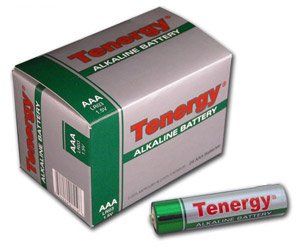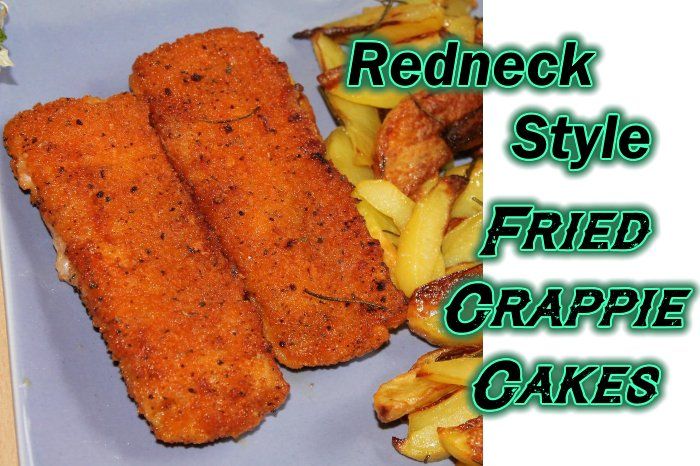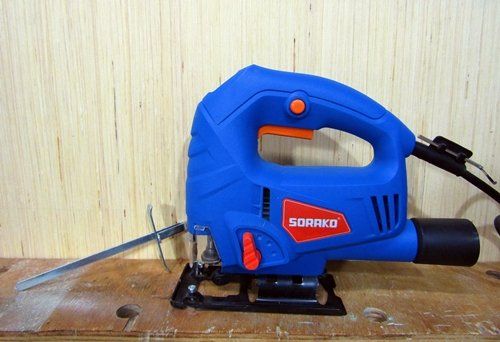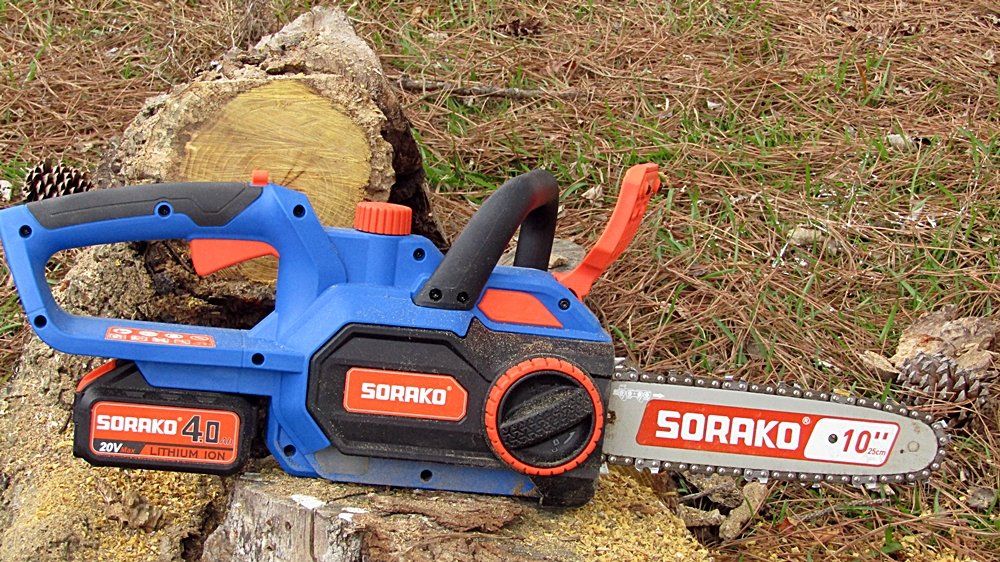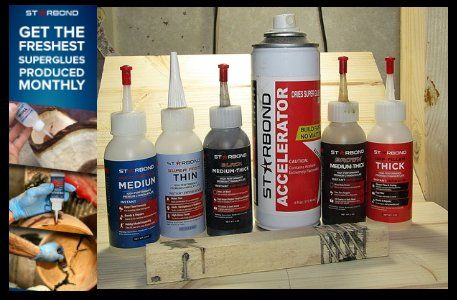Hurricane Season Facts
March 28, 2015
Fisherman's Emergency Guide
How a hurricane forms and builds in its travel across the sea.
They are called Hurricane here in the United States. The strongest of the circulating storms, also called cyclones or typhoons in the western Pacific. Hurricanes in the Atlantic Ocean usually begin to form in the southern Atlantic off the coast of Africa, usually during Hurricane season, which runs from June 1st. through November 30th.
An Approaching storm during hurricane season.
What makes a hurricane form?
Hurricanes need four conditions to form:
- low air pressure
- warm temperatures
- moist ocean air
- tropical winds
Winds off the West African coast converge and begin a counter clockwise circulation. Sometimes these winds move across the Atlantic Ocean in the form of a tropical wave, never forming into a hurricane, and bringing little more than rain.
But quite often, the warm temperatures and atmospheric conditions are just right and the wind speeds increase and form an eye. At this stage it is a tropical storm. As air rises and cools, moisture condenses and is released in the form of heavy rain and combines with the torrential winds that are now circling the eye. The energy that is released pumps into the rotating cloud mass. This action makes it rise and spin faster. When the wind speeds reach 74 miles per hour, the storm is now a hurricane. The hurricane travels across the Atlantic Ocean, and the wind speeds increase with no hindrance from land. There are five categories in which a hurricane is classified.
The classification system is called the Saffir-Simpson Hurricane Intensity Scale. The weaker hurricanes with wind speeds of 74 to 94 mph are referred to as category 1 storms, and while dangerous they normally cause little damage. The most powerful hurricane ever recorded was a category 5 with sustained winds of 200 miles per hour. Some hurricanes move quickly and produce less rainfall, while others move slower and can produce torrential rain squalls with downfalls that often exceed 15 inches of rain.
The forward right quadrant (12:00 - 3:00) of the hurricane is the strongest part of the storm. The eye of the hurricane is clear and calm and can fool the unsuspecting into thinking the hurricane is through, only to be caught of guard when the back end of the storm begins its pass over land. While hurricanes can be tracked, predicting where they will make land fall and when can be tricky. These storms often change course, and can sway from their predicted path by several miles even when just a few miles off shore.
Redneck Know How Blog
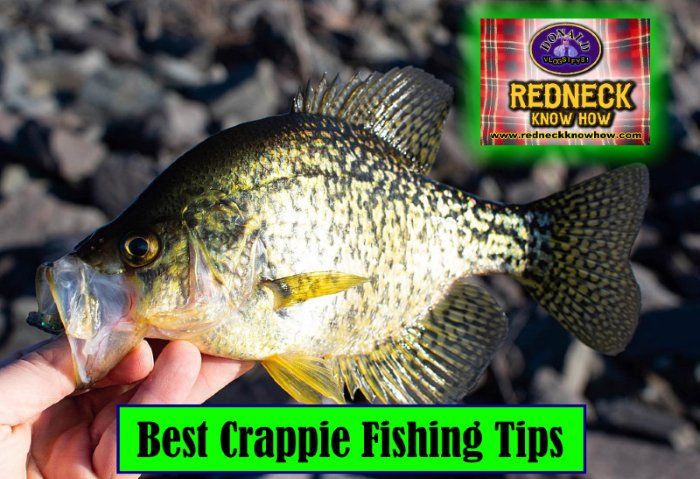
Every fisherman has his or her own favorite techniques to catch this beloved fish. Why is crappie, (or pomoxis, if you want to get scientific), are so beloved? Well, they give one heck of a fight when caught. A 2 lb. crappie can put up a fight to rival a bass of larger size. So catching them is fun. There is also the taste factor. Fried crappie tastes great.

Everybody seems to be in love with dovetails these days. Myself included. They look nice, feel nice, and they make the woodworker feel an overwhelming since of pride when he makes tight and even. Especially the hand cut dovetails. Dovetail joints can be produced with power tools. And there are dovetail jigs you can buy and make. It makes getting precise dovetails with no gaps a lot easier. But nothing feels more satisfying than finally getting hand cut dovetails tight and gap free. And for the record, I use the term, “gap free”, very loosely. I’d wager that even the best woodworker gets gaps in their dovetails no matter how hard they try. Maybe not as many as us new to middlin’ woodworkers, and certainly not as noticeable, but there are gaps in their dovetails. Nowadays, people use dovetails not only as a joint, but as decoration. A showpiece if you will to show off the craftsmanship of the woodworker. But the reality is that they were not originally meant to be pretty. They were utilized to hold pieces that were heavily used together. Such as drawers or other parts of furniture and other items that were constantly pulled or tugged on. In the example below, you can see how the angles of the dovetails will keep the joint from coming apart during the tugging of the drawer when opening it. This part of the joint is where the dovetail joint get’s it’s name. Often when used on boxes, the orientation of those angles are switched around, placing them on the front of the box as a decoration, and the pins of the joint is put on the side. Great for looks, not so great for function. Of course for most smaller boxes, the function of the dovetail really isn’t needed and using dovetails for looks is fine and an anesthetically pleasing way to show off craftsmanship. But let’s not give up on using the dovetail joint for utilitarian purposes when building boxes too quickly. They can be a great way to join a bottom to a box that will be holding heavier stuff, such as tool boxes. The angle of the dovetails can manage the stresses of carrying heavier items such as tools if you wish to maintain a *NO screws or nails* policy on your woodworking projects. Or you can use the dovetail joint along with screws for extra protection against the bottom dropping out. So the purpose of the dovetail is a lot more than to just make your woodworking look good. In fact, long ago, they were hidden. Simply a way to join parts and give them the strength to do what the item was meant to do, and be hidden when the drawer was closed. Using the dovetail joint for decoration is a modern thing. Which I have nothing against. I love to show off dovetails I’ve made nearly perfect. Well, in my eyes anyway. Roy Underhill and Paul Sellers would likely just look at them and grin, maybe chuckle at me being so proud of something so far from the skill level they have achieved.


